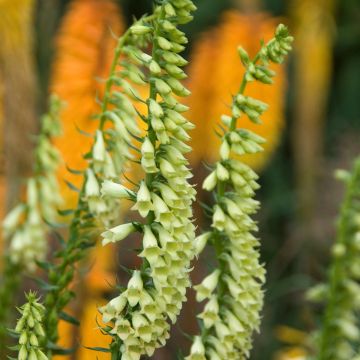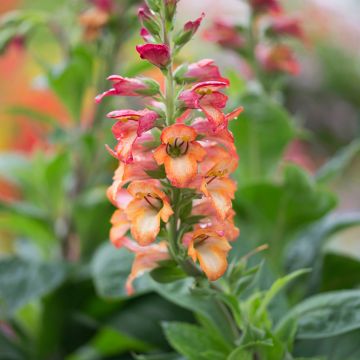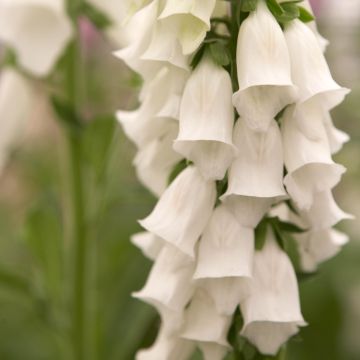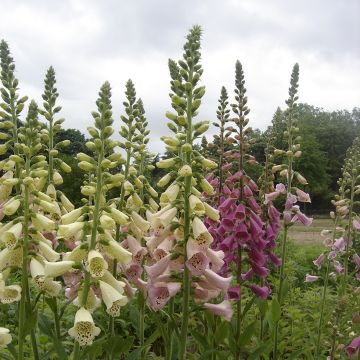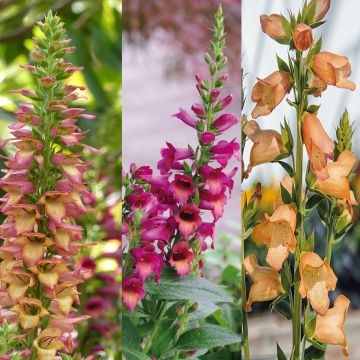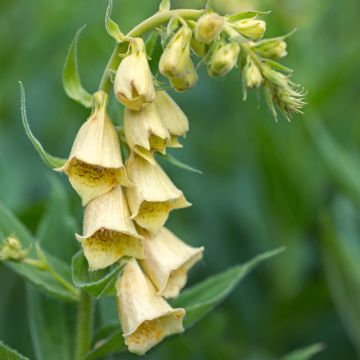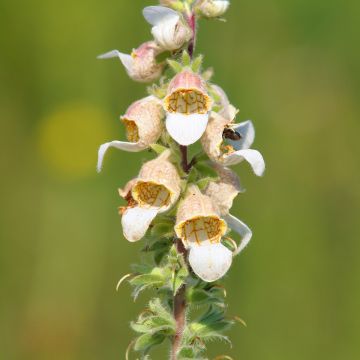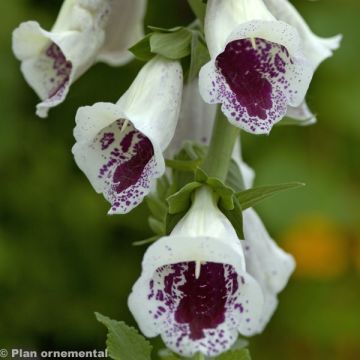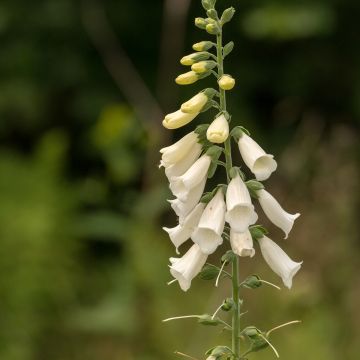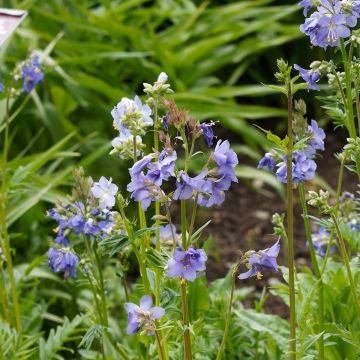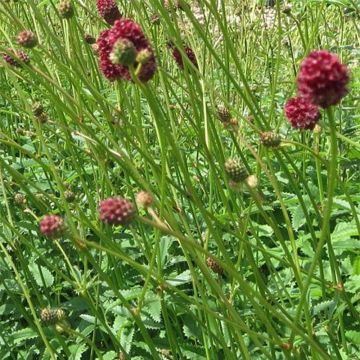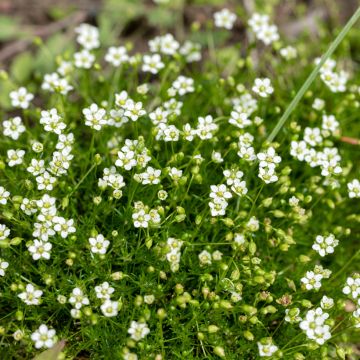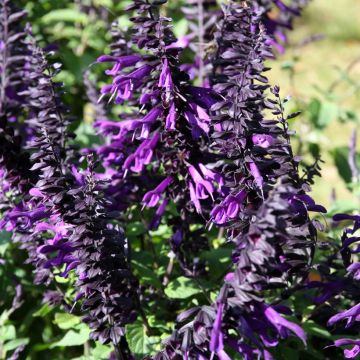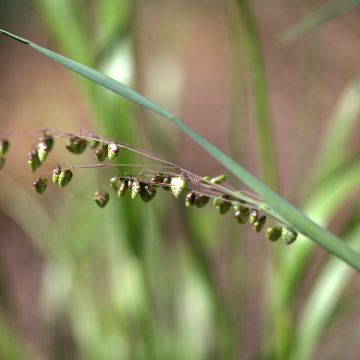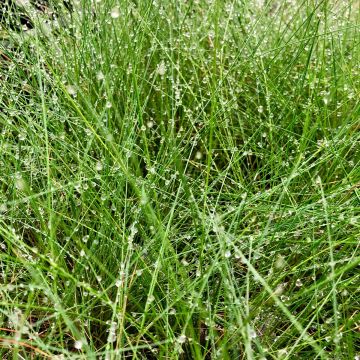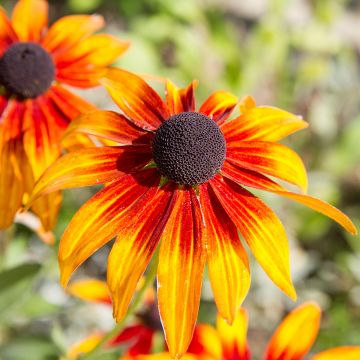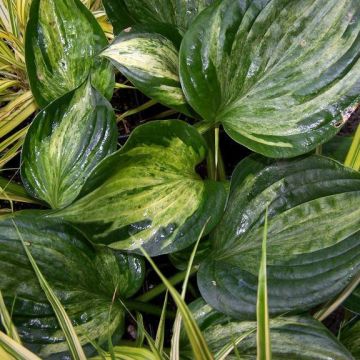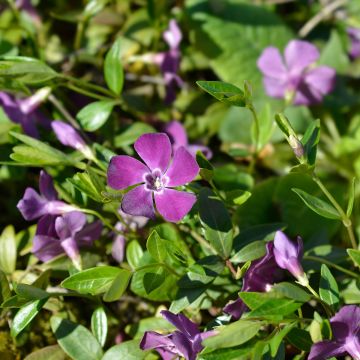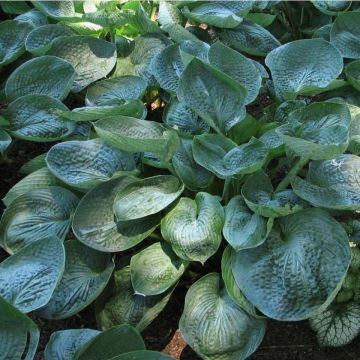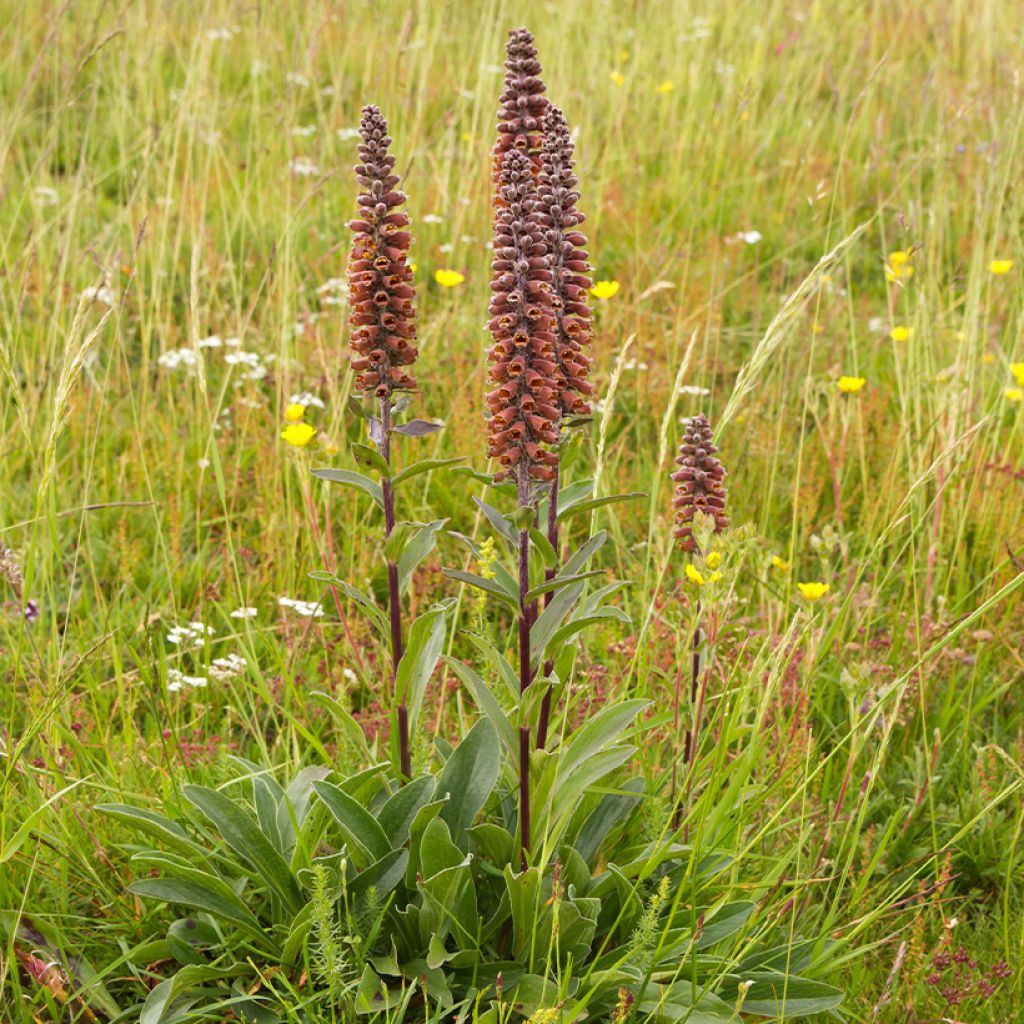

Digitalis parviflora - Foxglove
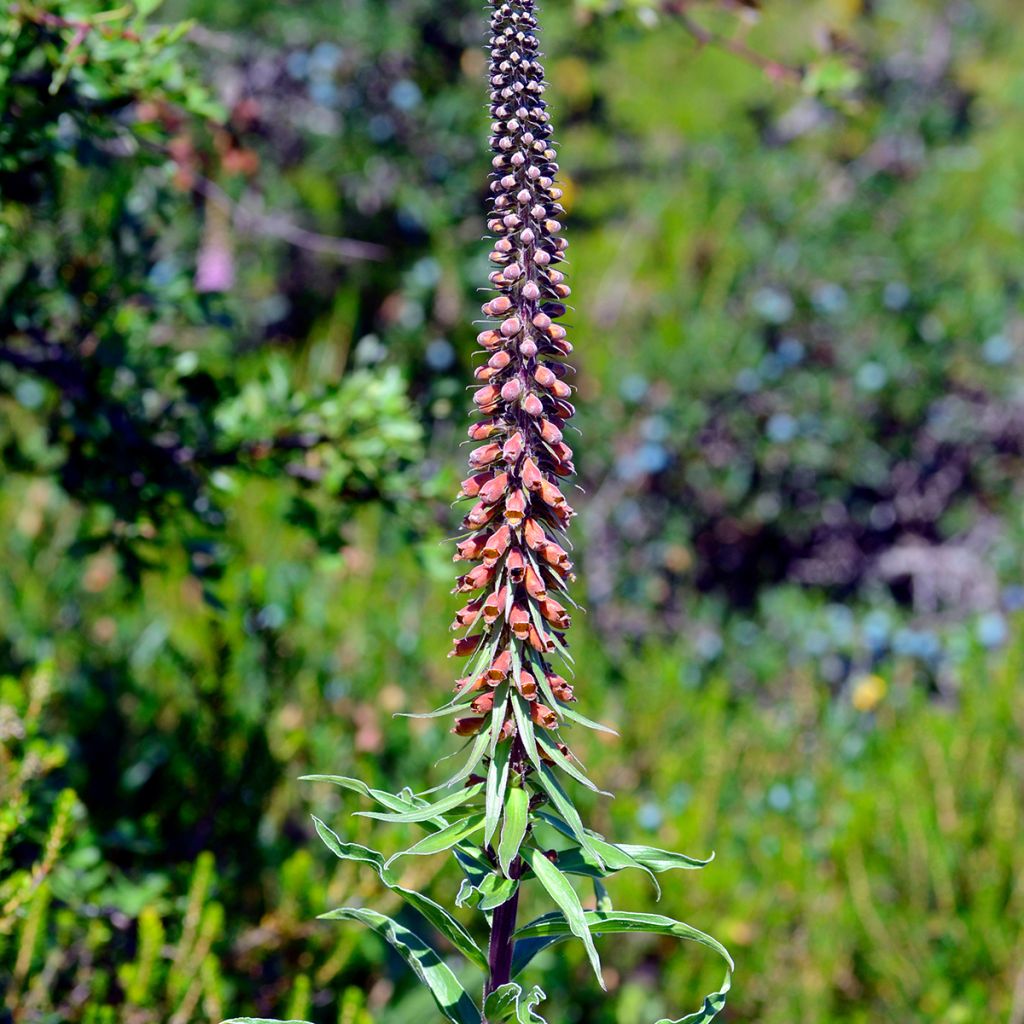

Digitalis parviflora - Foxglove
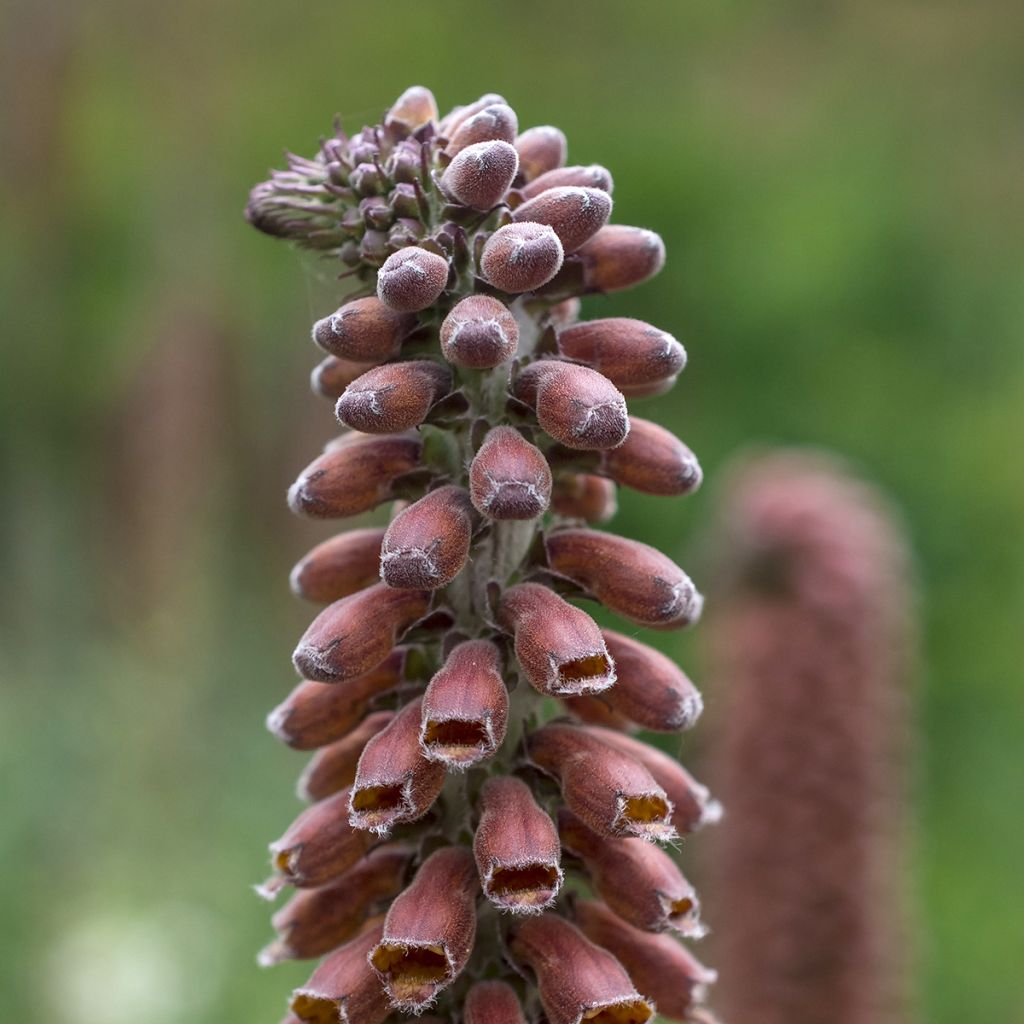

Digitalis parviflora - Foxglove
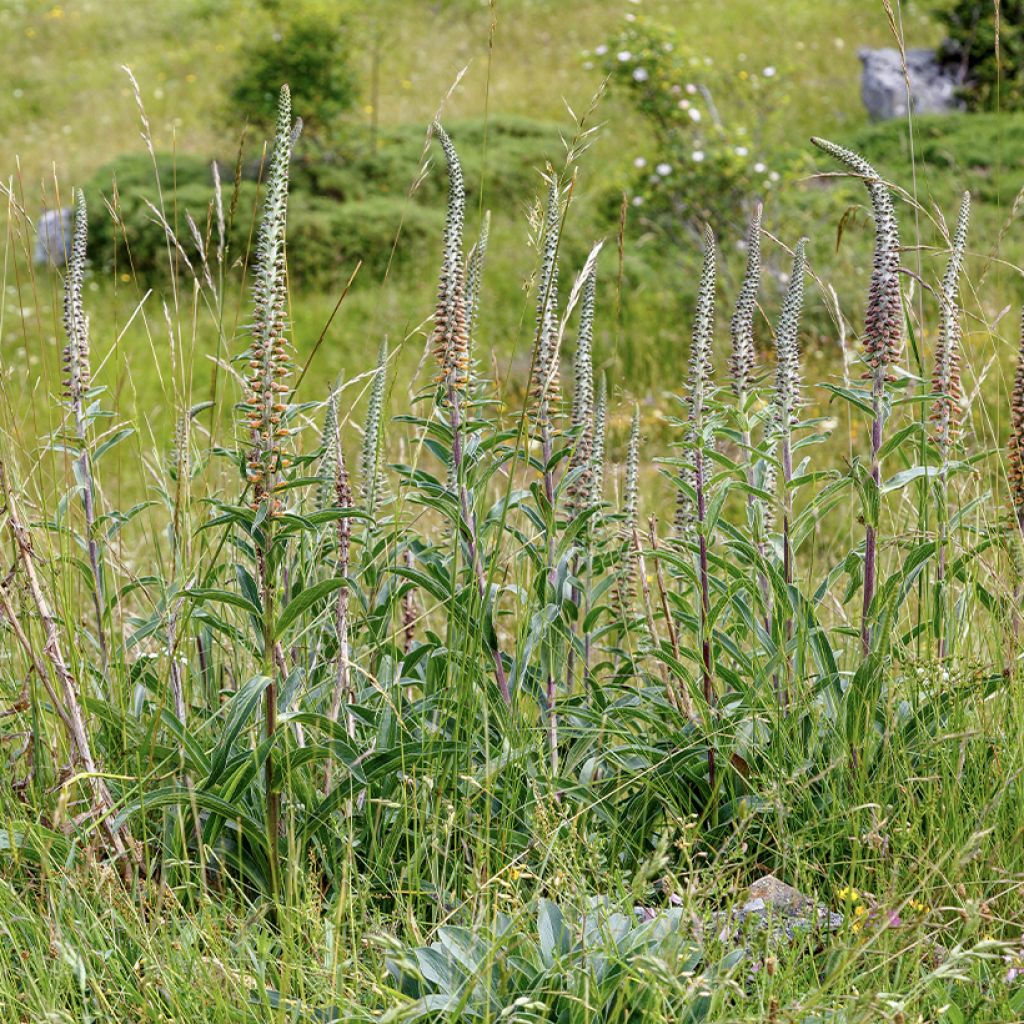

Digitalis parviflora - Foxglove
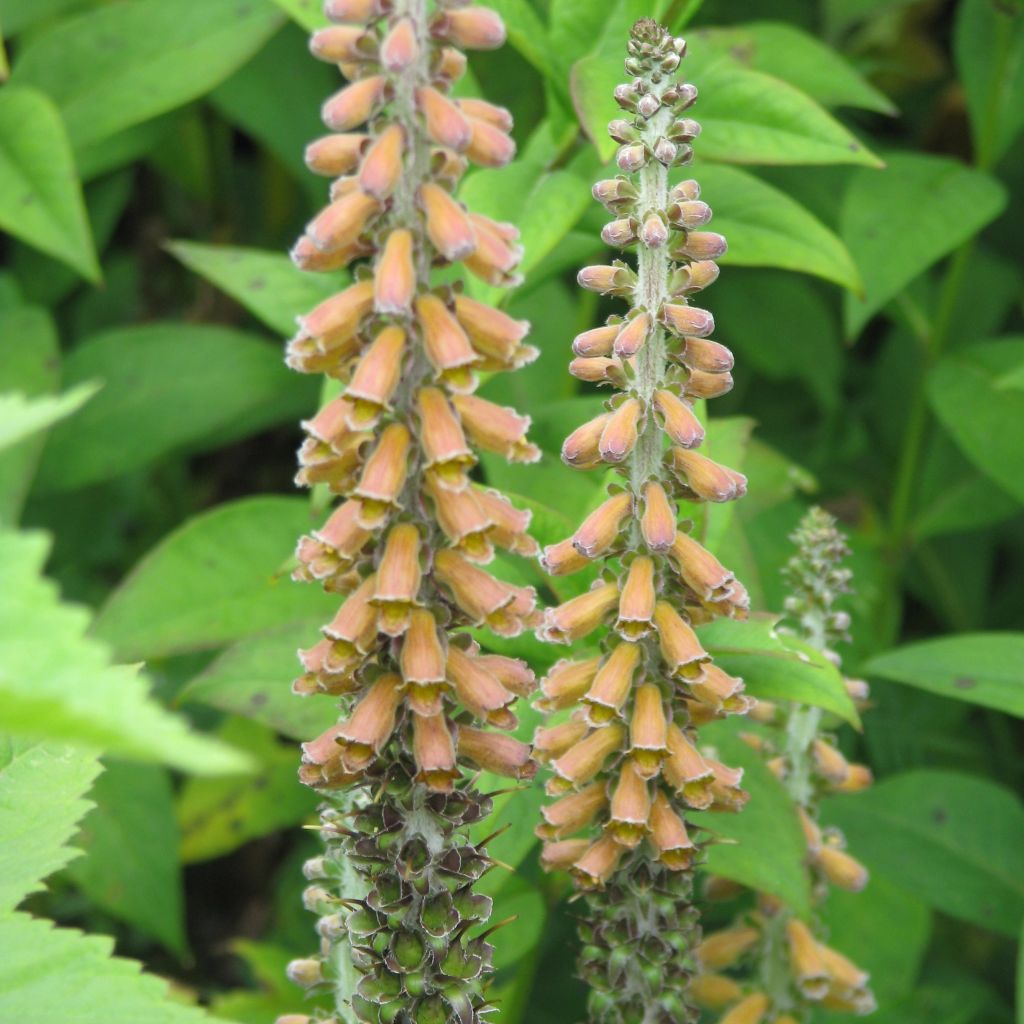

Digitalis parviflora - Foxglove
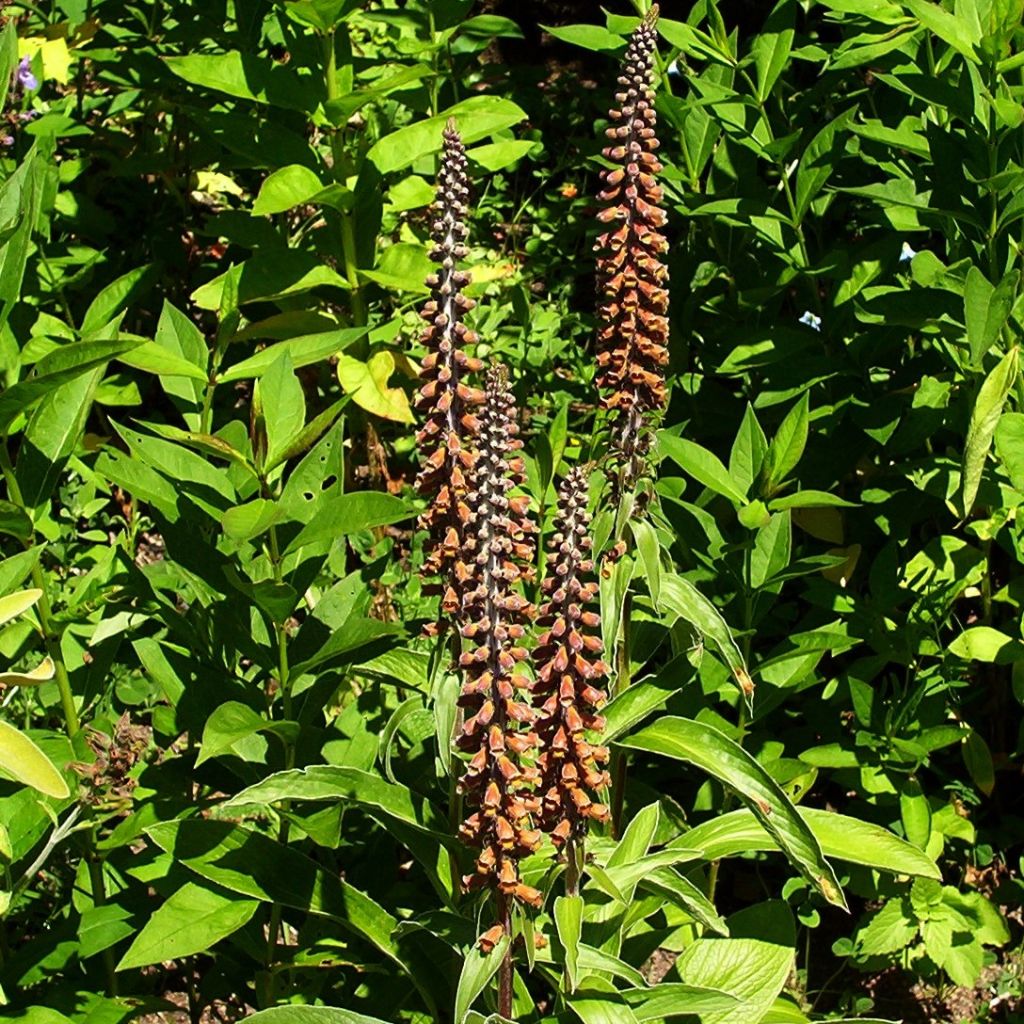

Digitalis parviflora - Foxglove
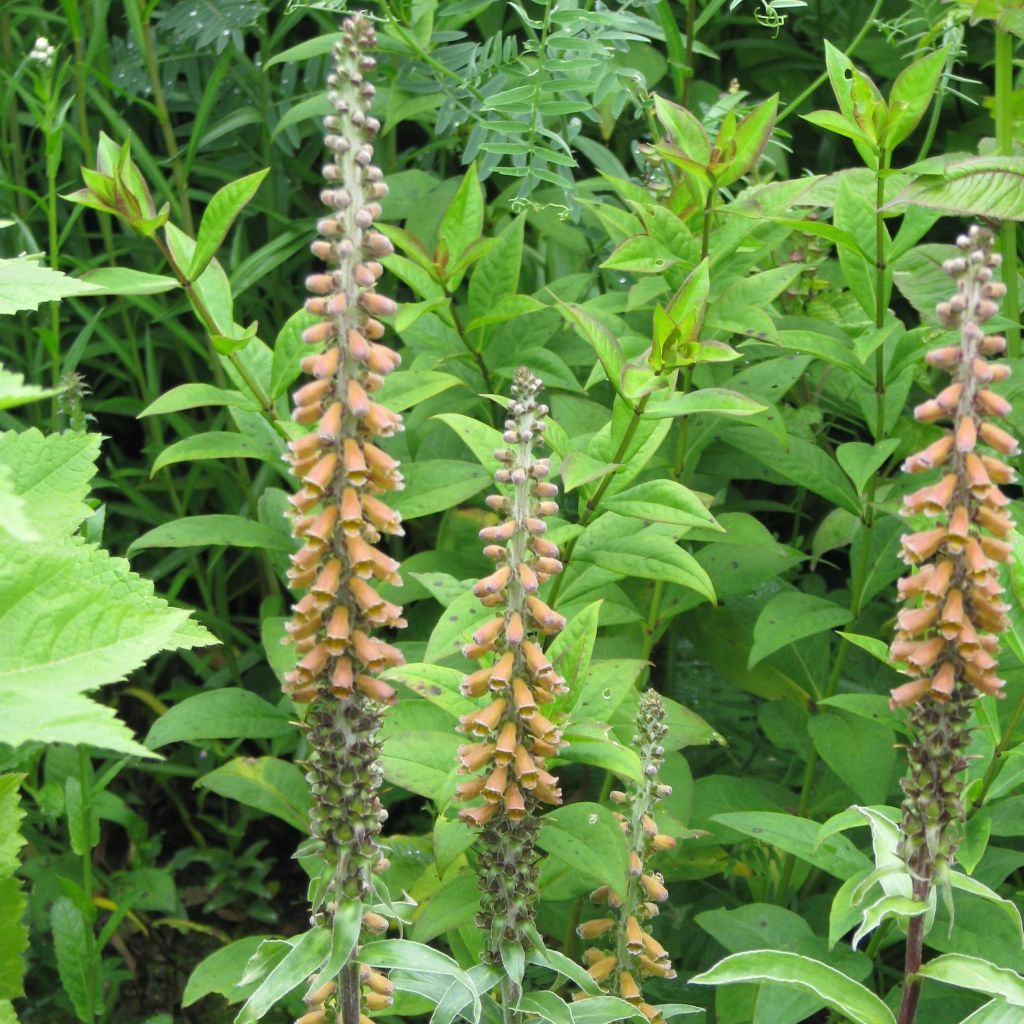

Digitalis parviflora - Foxglove
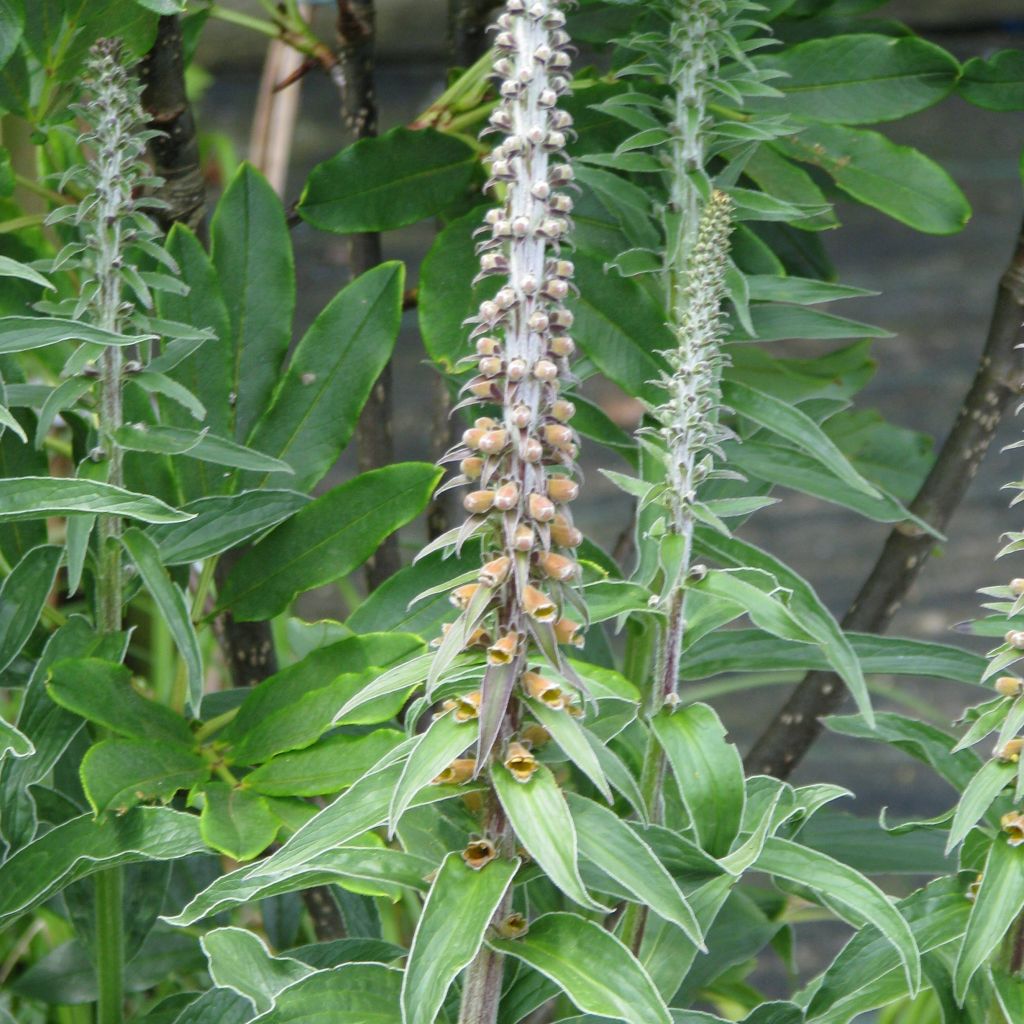

Digitalis parviflora - Foxglove
Digitalis parviflora - Foxglove
Digitalis parviflora
Small Flowered Foxglove
This item cannot be shipped to the selected country
Delivery charge from €5.90
More information
Schedule delivery date,
and select date in basket
This plant carries a 12 months recovery warranty
More information
We guarantee the quality of our plants for a full growing cycle, and will replace at our expense any plant that fails to recover under normal climatic and planting conditions.
From €5.90 for pickup delivery and €6.90 for home delivery
Express home delivery from €8.90.

Does this plant fit my garden?
Set up your Plantfit profile →
Description
The Foxglove or Digitalis parviflora is a biennial or short-lived perennial species, which is certainly not the tallest of foxgloves, but which proves to be interesting in a nature inspired garden. In summer it produces, slender and refined spikes, densely adorned throughout their height with small honey-brown flowers, softened by a white down. Its beautiful evergreen and silky rosettes consist of dark green, shiny lanceolate leaves. This uncommon species has the advantage of growing in partial shade, even in dry soil during summer, and does not fear limestone. Moreover, it easily multiplies through self-seeding and dividing the stump in spring.
Originally from Spain, Digitalis parviflora, also known as Digitalis kishinskyi, is an herbaceous plant in the family Scrophulariaceae (Plantaginaceae), a close relative of the purple foxglove that populates our undergrowth. This species is more biennial than perennial, and its flowering height will not exceed 60 to 70 cm (24 to 28in). In the first year, it forms a beautiful rosette of leaves measuring 8 to 20 cm (3 to 8in), oblong to lanceolate, entire or slightly dentate, leathery, with a very silky appearance, in a beautiful dark green shade. From the second year, in June-July, it erects very dense, leafy spikes at the base, like candelabras, adorned with tightly packed, tubular flowers measuring 1 to 2 cm (1in), in a deep orange-brown colour, with a purple-brown lip. These nectar-rich and nectar-bearing flowers are a constant playground for pollinating insects. The edge of the corolla is covered in tiny white bristles. This foxglove readily self-sows in permeable and light soil.
Some foxgloves are perfectly perennial, while others are more biennial with such a propensity to self-sow that they can be considered perennial. All of them are highly toxic if ingested. Digitalis parviflora is a very beautiful plant, allowing refined associations such as, for example, with the rose 'Buff Beauty' or 'Ghislaine de Féligonde'. In a more rustic setting, it will accompany fraxinella, the purple toadflax, and mix with Calamagrostis 'Karl Forster' or Stipa gigantea. It enjoys partial shade or sun, but not too scorching exposure, as well as a light, damp to dry soil. Its rigid and vertical form is irreplaceable in scenes where it compliments and contrasts with the roundness of other plants.
Report an error about the product description
Digitalis parviflora - Foxglove in pictures
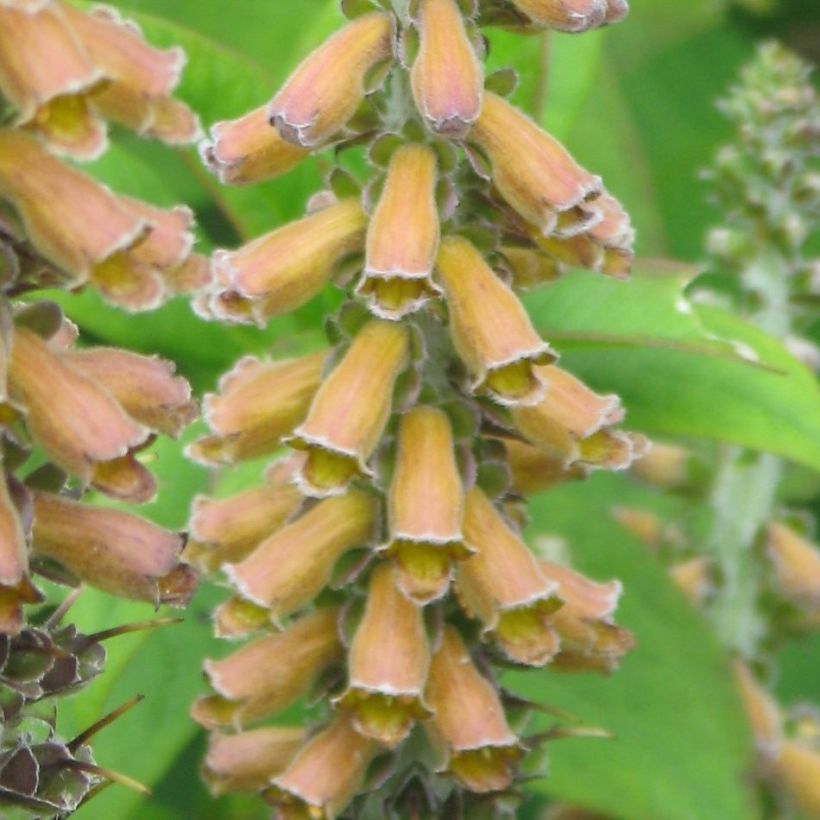

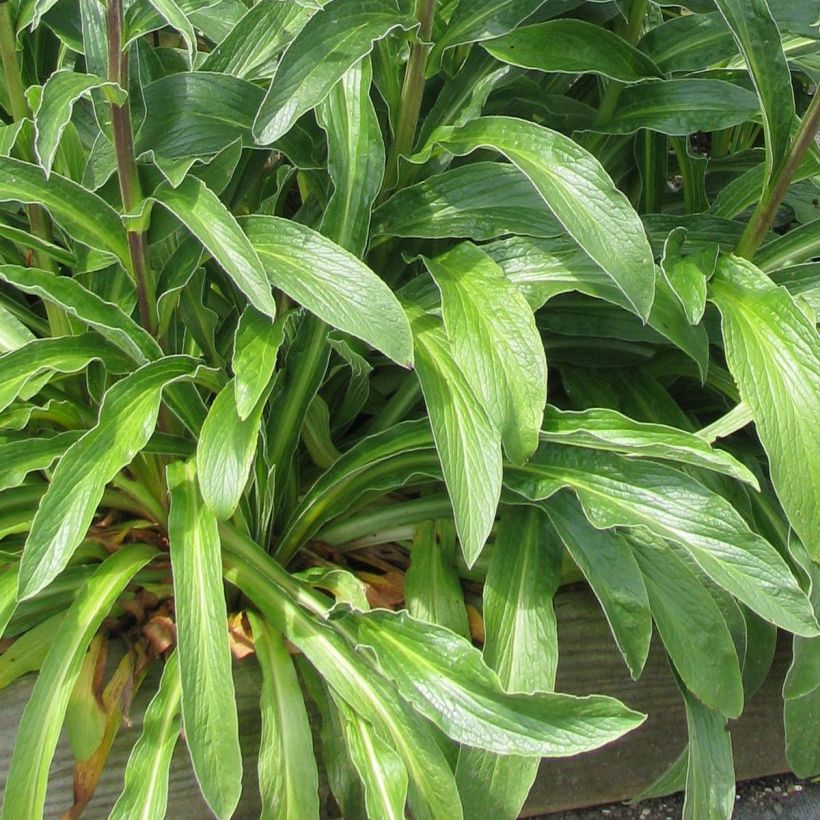

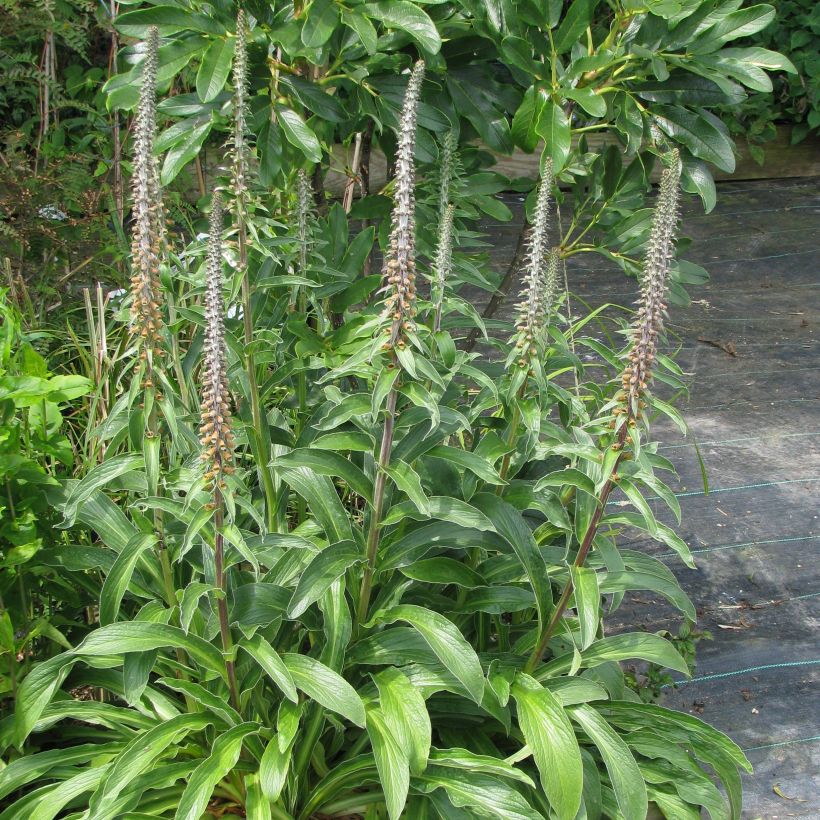

Flowering
Foliage
Plant habit
Safety measures
Botanical data
Digitalis
parviflora
Scrophulariaceae
Small Flowered Foxglove
Mediterranean
ingestion
Cette plante est toxique si elle est ingérée volontairement ou involontairement.
Ne la plantez pas là où de jeunes enfants peuvent évoluer, et lavez-vous les mains après l'avoir manipulée.
Pensez à conserver l'étiquette de la plante, à la photographier ou à noter son nom, afin de faciliter le travail des professionnels de santé.
Davantage d'informations sur https://plantes-risque.info
Other Digitalis - Foxglove
Planting and care
The small-flowered foxglove will thrive in a slightly shaded location. The soil should be rather rich in nutrients, porous and moist, but this plant also tolerates drought well. Digitalis parviflora sometimes behaves as a perennial and self-seeds abundantly. It is undemanding and very hardy. Transplanting older specimens is difficult due to the plants' taproot, which should not be damaged. It does not require any special maintenance.
Planting period
Intended location
Care
-
, onOrder confirmed
Reply from on Promesse de fleurs
Summer flowering perennials
Haven't found what you were looking for?
Hardiness is the lowest winter temperature a plant can endure without suffering serious damage or even dying. However, hardiness is affected by location (a sheltered area, such as a patio), protection (winter cover) and soil type (hardiness is improved by well-drained soil).

Photo Sharing Terms & Conditions
In order to encourage gardeners to interact and share their experiences, Promesse de fleurs offers various media enabling content to be uploaded onto its Site - in particular via the ‘Photo sharing’ module.
The User agrees to refrain from:
- Posting any content that is illegal, prejudicial, insulting, racist, inciteful to hatred, revisionist, contrary to public decency, that infringes on privacy or on the privacy rights of third parties, in particular the publicity rights of persons and goods, intellectual property rights, or the right to privacy.
- Submitting content on behalf of a third party;
- Impersonate the identity of a third party and/or publish any personal information about a third party;
In general, the User undertakes to refrain from any unethical behaviour.
All Content (in particular text, comments, files, images, photos, videos, creative works, etc.), which may be subject to property or intellectual property rights, image or other private rights, shall remain the property of the User, subject to the limited rights granted by the terms of the licence granted by Promesse de fleurs as stated below. Users are at liberty to publish or not to publish such Content on the Site, notably via the ‘Photo Sharing’ facility, and accept that this Content shall be made public and freely accessible, notably on the Internet.
Users further acknowledge, undertake to have ,and guarantee that they hold all necessary rights and permissions to publish such material on the Site, in particular with regard to the legislation in force pertaining to any privacy, property, intellectual property, image, or contractual rights, or rights of any other nature. By publishing such Content on the Site, Users acknowledge accepting full liability as publishers of the Content within the meaning of the law, and grant Promesse de fleurs, free of charge, an inclusive, worldwide licence for the said Content for the entire duration of its publication, including all reproduction, representation, up/downloading, displaying, performing, transmission, and storage rights.
Users also grant permission for their name to be linked to the Content and accept that this link may not always be made available.
By engaging in posting material, Users consent to their Content becoming automatically accessible on the Internet, in particular on other sites and/or blogs and/or web pages of the Promesse de fleurs site, including in particular social pages and the Promesse de fleurs catalogue.
Users may secure the removal of entrusted content free of charge by issuing a simple request via our contact form.
The flowering period indicated on our website applies to countries and regions located in USDA zone 8 (France, the United Kingdom, Ireland, the Netherlands, etc.)
It will vary according to where you live:
- In zones 9 to 10 (Italy, Spain, Greece, etc.), flowering will occur about 2 to 4 weeks earlier.
- In zones 6 to 7 (Germany, Poland, Slovenia, and lower mountainous regions), flowering will be delayed by 2 to 3 weeks.
- In zone 5 (Central Europe, Scandinavia), blooming will be delayed by 3 to 5 weeks.
In temperate climates, pruning of spring-flowering shrubs (forsythia, spireas, etc.) should be done just after flowering.
Pruning of summer-flowering shrubs (Indian Lilac, Perovskia, etc.) can be done in winter or spring.
In cold regions as well as with frost-sensitive plants, avoid pruning too early when severe frosts may still occur.
The planting period indicated on our website applies to countries and regions located in USDA zone 8 (France, United Kingdom, Ireland, Netherlands).
It will vary according to where you live:
- In Mediterranean zones (Marseille, Madrid, Milan, etc.), autumn and winter are the best planting periods.
- In continental zones (Strasbourg, Munich, Vienna, etc.), delay planting by 2 to 3 weeks in spring and bring it forward by 2 to 4 weeks in autumn.
- In mountainous regions (the Alps, Pyrenees, Carpathians, etc.), it is best to plant in late spring (May-June) or late summer (August-September).
The harvesting period indicated on our website applies to countries and regions in USDA zone 8 (France, England, Ireland, the Netherlands).
In colder areas (Scandinavia, Poland, Austria...) fruit and vegetable harvests are likely to be delayed by 3-4 weeks.
In warmer areas (Italy, Spain, Greece, etc.), harvesting will probably take place earlier, depending on weather conditions.
The sowing periods indicated on our website apply to countries and regions within USDA Zone 8 (France, UK, Ireland, Netherlands).
In colder areas (Scandinavia, Poland, Austria...), delay any outdoor sowing by 3-4 weeks, or sow under glass.
In warmer climes (Italy, Spain, Greece, etc.), bring outdoor sowing forward by a few weeks.

































